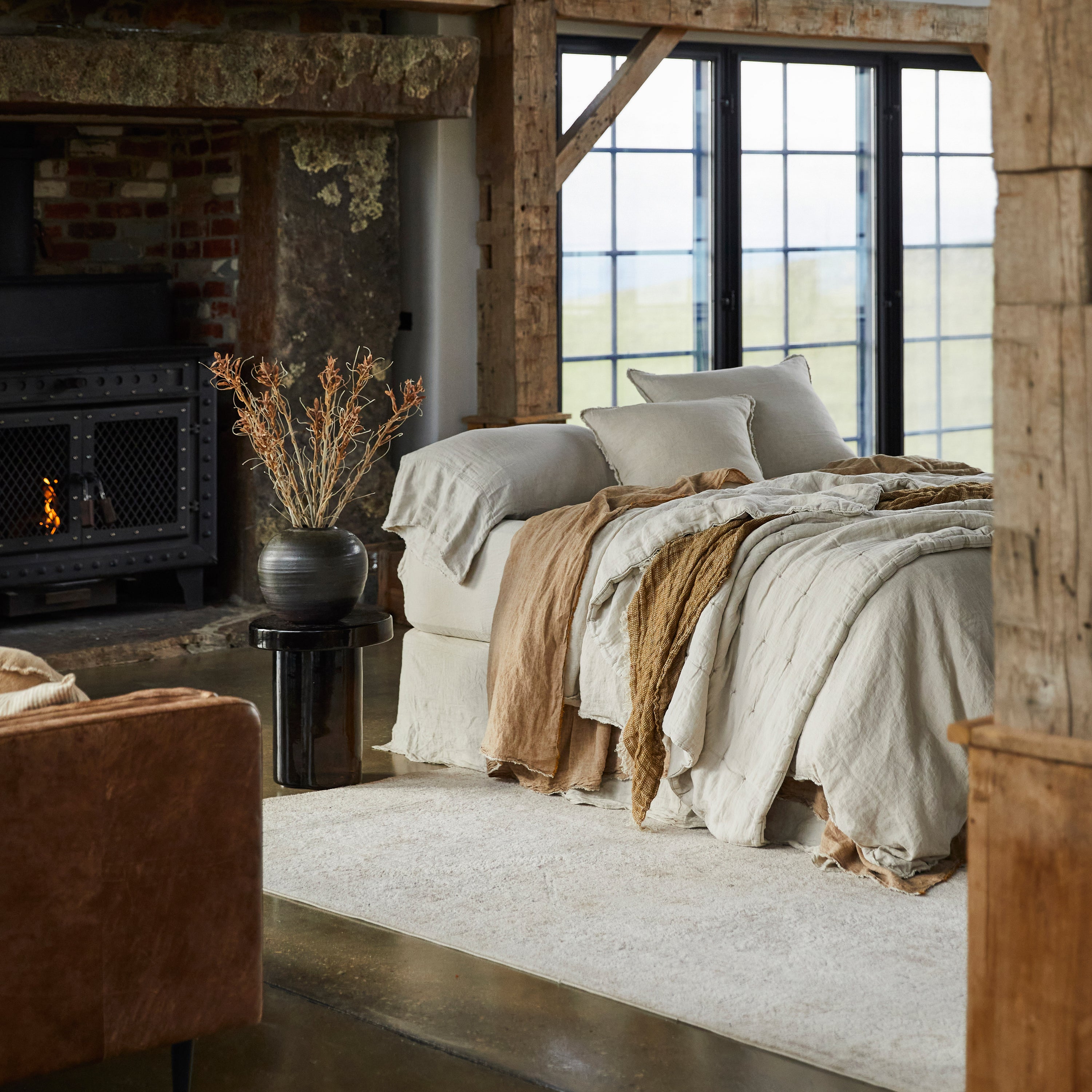Title: Reviving an Old Cloth Sofa: A Step-by-Step Guide to Refurbishment
Reviving an Old Cloth Sofa: A Step-by-Step Guide to RefurbishmentIf you're looking to breathe new life into an old cloth sofa, there are several steps you can take to give it a fresh look. First, remove any loose or damaged fabric from the sofa using a pair of scissors or a seam ripper. Next, assess the overall condition of the frame and determine if it requires repair or replacement. If the frame is in good condition, you can move on to cleaning and conditioning the sofa's fabric. Use a gentle cleaner and mild detergent to remove any dirt or stains, and then add a fabric conditioner to help restore moisture and softness to the material. Once the fabric is clean and conditioned, you can begin applying any necessary repairs, such as patching holes or stitching together torn seams. Finally, add new padding or cushioning to improve comfort and support, and finish by reupholstering the sofa with a new fabric of your choice. With these simple steps, you can bring your old cloth sofa back to life and enjoy its comfortable embrace for years to come.
When it comes to home decor, nothing speaks of comfort and warmth like a well-loved sofa. However, even with the utmost care, over time, a couch can start to look worn out and lose its luster. If you're dealing with an old cloth sofa that has seen better days, don't despair. There are many ways to give it a fresh new look without breaking the bank. This article will guide you through the process of reupholstering a cloth sofa, from selecting materials to attaching the fabric.

Material Selection
The first step in revitalizing your old cloth sofa involves selecting the right materials for the job. Here are some factors to consider:
Durability: Choose a material that can withstand daily wear and tear, such as high-quality cotton or linen.
Comfort: Consider the feel of the material against your skin. Some materials, like velvet, may be luxurious but can be rough against the skin.
Cleanliness: Look for materials that are easy to clean and maintain. Cotton and linen are often a good choice because they can be washed and dried easily.
Style: Think about the overall style of your home and choose a material that complements it. For example, if your living room has a modern aesthetic, you might choose a bold patterned fabric.
After considering these factors, you'll need to purchase enough fabric to completely cover your sofa. Be sure to allow for extra fabric when measuring to account for any variations in length or width.
Preparing the Couch
Before beginning the reupholstering process, you'll need to prepare your old cloth sofa. Here are the steps:
Remove all loose cushions and throw pillows.
Vacuum the entire surface of the sofa, paying special attention to any stains or dirt that may have accumulated over time.
Using a sander, lightly smooth any rough edges or surfaces on the sofa frame.

Removing Old Fabric
Now it's time to remove the old fabric from your couch. Depending on how well the couch is made and how long it's been sitting, this step may require some effort. Here are some tips to help:
If the old fabric is glued down, you'll need to use a putty knife or sharp object to carefully loosen the seams before prying them off. Be careful not to damage the frame or leave any holes.
If the old fabric is stapled down, you can use a staple remover or a pair of pliers to gently pull out the staples. Again, be careful not to damage the frame.
Once all of the old fabric has been removed, you should be able to see the frame clearly. At this point, you can give it a thorough cleaning with a mixture of water and mild detergent, paying extra attention to any stubborn stains or grime that may have accumulated over time.
Attaching New Fabric
With the old fabric removed and your sofa cleaned, it's time to attach the new fabric. Here are the steps:
Measure and cut two pieces of fabric slightly larger than the dimensions of your sofa (add an inch or two to each side).
Lay one piece of fabric on top of the frame, aligning the edges with where they will be attached. Pin along the edges to keep the fabric in place while you work.
Starting at one corner of the frame, carefully wrap the fabric around the frame, securing it in place with pins or glue as you go. Be sure to stretch the fabric evenly as you work to avoid creasing or wrinkles.
Once one side has been attached, carefully flip the fabric over and repeat the process on the other side.
Articles related to the knowledge points of this article:
Title: How to Tie a Tie Perfectly: A Comprehensive Guide
A Quest for the Perfect Tie: The Tale of Li Sijies Tie Purchase Journey
Title: The Significance of a Tie: A Symbol of Power, Formality, and Personality
Title: The Art of Pairing a Pink Shirt with a Tie: A Guide to Creating the Perfect Look
Unveiling the Enigmatic Allure: The Enchanting World of Womens Scarves



